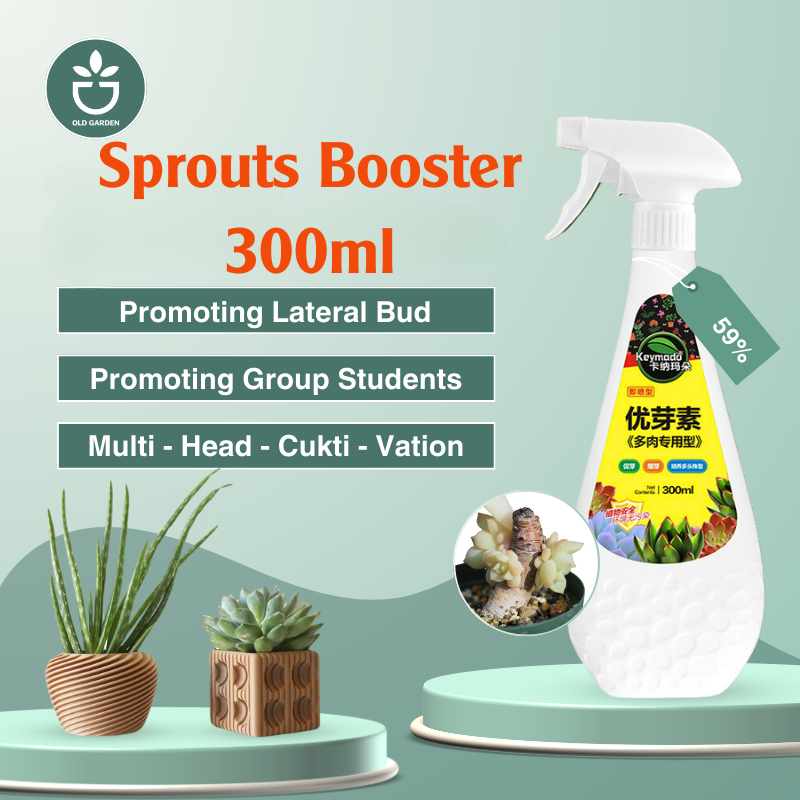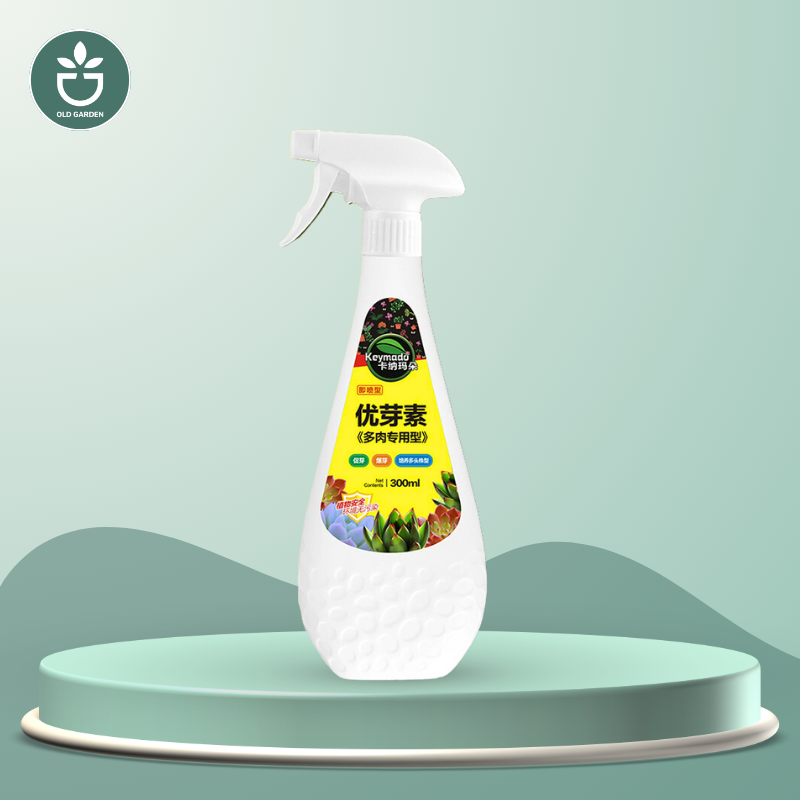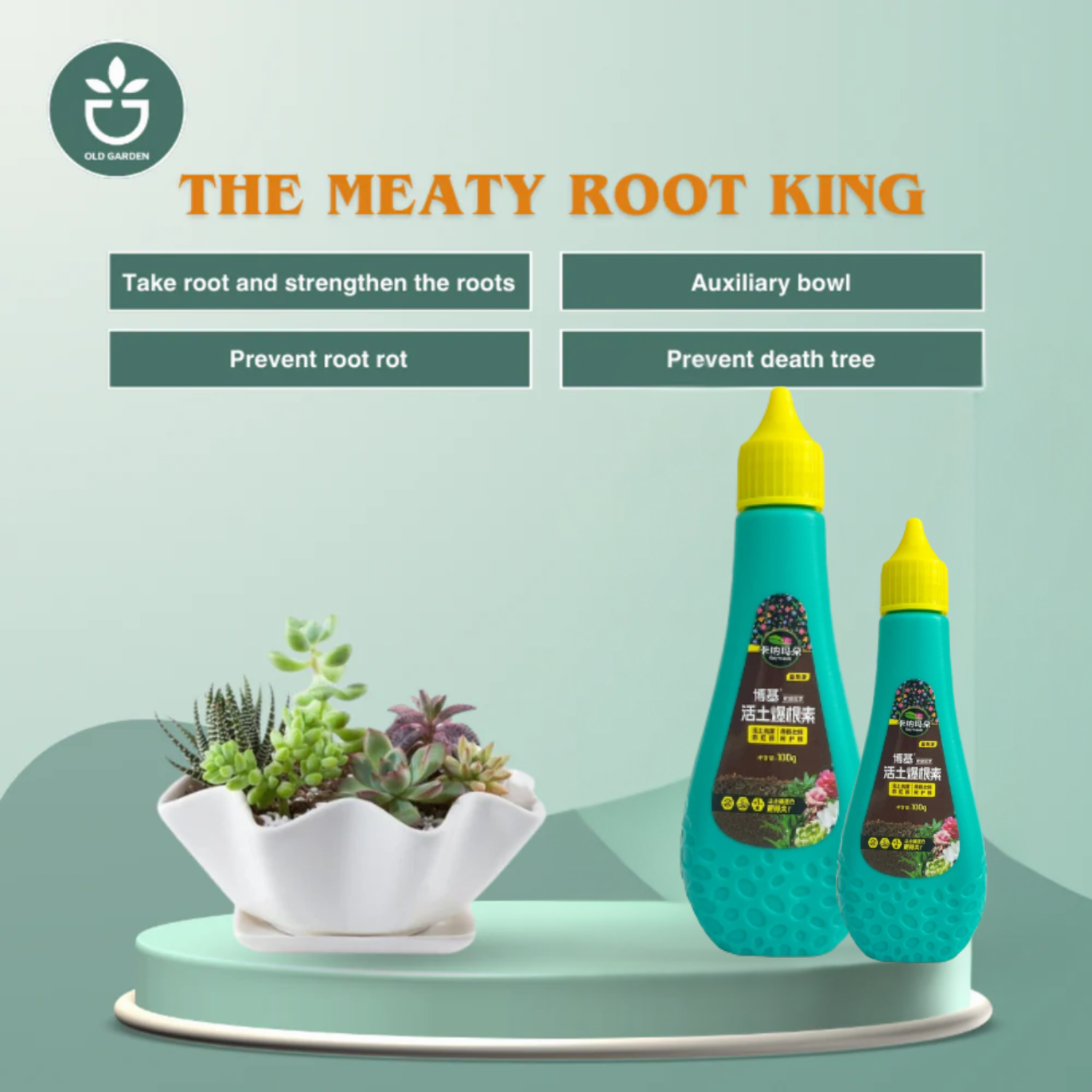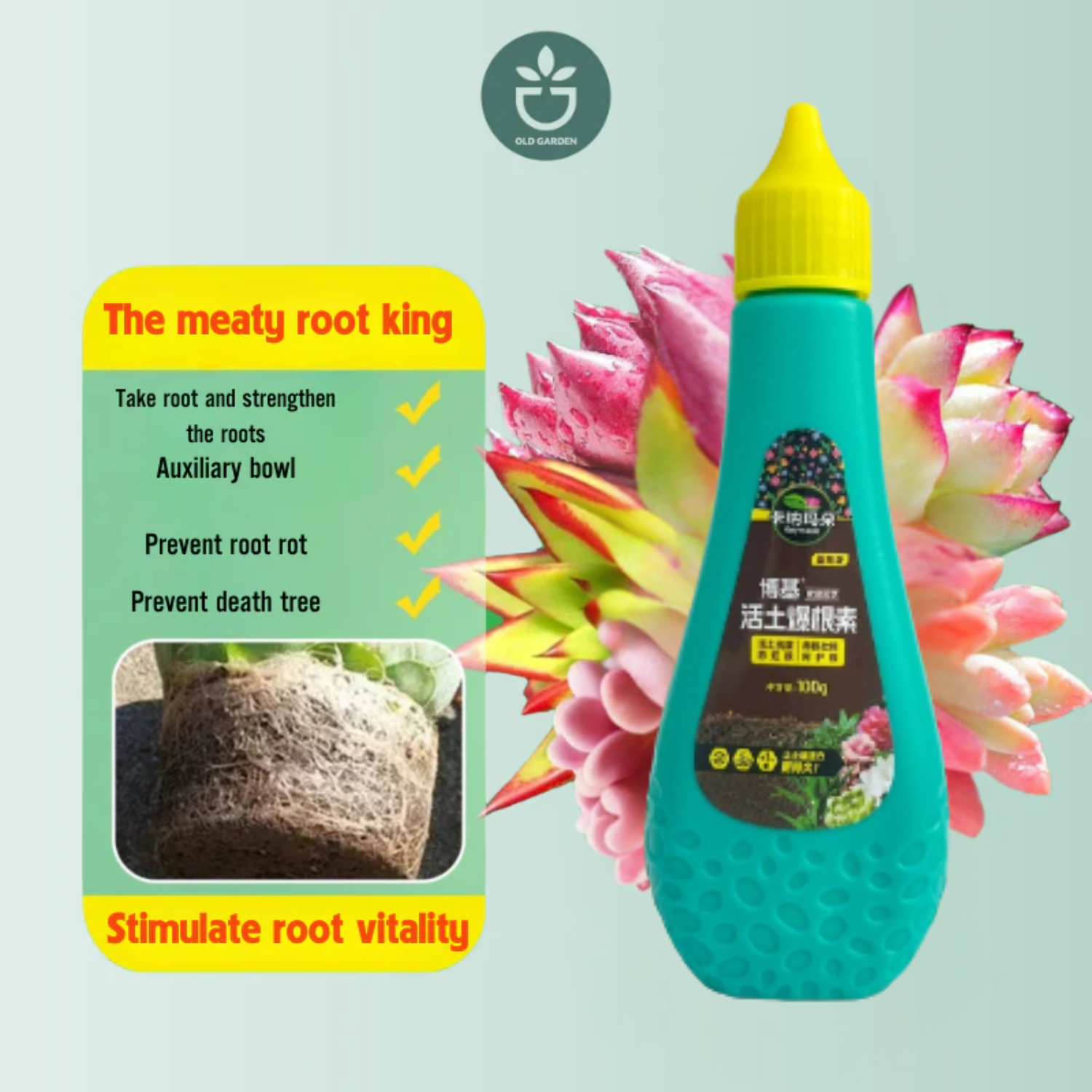Alongside Poinsettias and spruce trees, Thankgivings cactus has earned its place as a beloved symbol of the holiday season. What makes this plant so popular and cherished goes beyond its stunning display of vibrant blooms. It's not just about the delicate pink, red, or white flowers that gracefully adorn its cascading stems; it's the magical timing of its bloom that aligns with the festive season.
This plant's unique ability to bring a burst of color and life to our homes during the darkest and coldest months creates a sense of hope, love, and the magic of the holiday season. The Christmas cactus is more than a decorative houseplant; it's a symbol of joy and celebration.

However, the sight of buds and flowers dropping prematurely can leave plant enthusiasts feeling perplexed and disheartened. Fear not! In this comprehensive guide, we'll explore the myriad factors that could contribute to this botanical dilemma and provide insights on how to remedy the situation, ensuring your Thanksgiving cactus thrives and blooms with abundance.
It is important to distinguish between problematic bud dropping and normal old flower shedding in this plant. As part of the natural growth cycle, Thanksgicing cactus undergoes the normal shedding of old flowers. Once the vibrant blooms have reached the end of their lifespan, they will naturally wither and drop from the plant. This shedding is a normal and necessary process that allows the plant to redirect its energy toward producing new growth and future blossoms.
During this phase, it's essential not to mistake the shedding of old flowers for an issue with plant health. Removing the spent flowers gently can enhance the plant's appearance and encourage the development of new buds. With the right care and attention to these influencing factors, the Thanksgiving cactus will continue to delight with its colorful and festive blooms year after year.
Understanding the Thanksgiving Cactus: Before delving into the reasons behind bud and flower drop, it's essential to understand the unique characteristics of the Thanksgiving cactus. Unlike its cousin, the Christmas cactus (Schlumbergera bridgesii), which blooms in December, the Thanksgiving cactus typically blooms in late autumn, around the Thanksgiving holiday. Its distinctive flattened stems, toothed edges, and vibrant flowers make it a favorite among plant enthusiasts seeking a burst of color during the fall season.
It's not uncommon for a Thanksgiving cactus to shed a few buds or flowers, particularly as part of its natural growth cycle or after being moved to a new environment (for example when you bring your plant home from the store). However, if you observe a notable drop in buds before reaching maturity or opening into flowers, especially during the initial stages of development, this may be indicative of underlying stress factors affecting the plant. Additionally, keep a close eye on buds displaying signs of wilting, drooping, or yellowing before they have the chance to fully bloom, as these symptoms can be early indicators of potential issues.
When patterns emerge, such as excessive, repeated, or premature dropping of buds and flowers across multiple blooming cycles, it becomes crucial to closely monitor and assess the overall health of your Thanksgiving cactus.
1. Environmental Factors: Environmental conditions play a significant role in the health and blooming of Thanksgiving cacti. Fluctuations in temperature, humidity levels, and light exposure can all impact the plant's ability to retain buds and flowers. Sudden changes in temperature, such as exposure to drafts or extreme heat, can stress the plant and lead to bud drop. Similarly, insufficient light or excessive darkness can hinder flower production and cause existing blooms to fade prematurely.
solution: Firstly, ensure your plant receives adequate light, positioning it in a spot with sufficient but indirect sunlight. Secondly, maintain stable temperatures, avoiding exposure to extreme heat or cold. Thirdly, increase humidity levels around the plant by misting or using a water tray nearby. Fourthly, provide good air circulation to prevent stagnant air around the plant. Finally, minimize environmental stress by avoiding sudden changes in the plant's surroundings. By incorporating these adjustments, you can create an optimal environment for your Thanksgiving cactus, reducing the risk of bud and flower drop.
2. Watering Woes: Proper watering is crucial for the well-being of Thanksgiving cacti. Overwatering can lead to root rot, depriving the plant of essential nutrients and causing it to shed buds and flowers as a survival mechanism. On the other hand, underwatering can result in dehydration and stress, prompting the plant to drop blooms in an attempt to conserve energy. Striking the right balance is key—water the cactus thoroughly when the top inch of soil feels dry, allowing excess water to drain away.
Solution:
To address watering woes, you can implement the following solutions: Establish a proper watering schedule, check the soil moisture before watering, use well-draining soil, water consistently but not excessively, and observe the plant's reaction after each watering to make appropriate adjustments. These measures help mitigate the risks associated with watering issues and create optimal conditions for plant growth.
3. Nutritional Needs: Thanksgiving cacti, like all plants, require adequate nutrition to support healthy growth and blooming. A deficiency in essential nutrients, particularly phosphorus and potassium, can impede flower production and lead to bud drop. To ensure your cactus receives the nutrients it needs, feed it with a balanced fertilizer formulated for flowering houseplants during the growing season. However, be mindful of over-fertilizing, as excessive nutrients can harm the plant.
Solution:
Nutritional needs refer to the essential nutrients required for the growth and flowering of plants, including nitrogen, phosphorus, potassium, calcium, magnesium, and trace elements such as iron and copper. To ensure optimal growth and blooming, it is important to provide plants with an adequate supply of nutrients and maintain an ideal growing environment. Consider using products such as "Iron Supplementation For Plants" to address specific nutrient deficiencies.
4. Repotting Considerations: Repotting can be a stressful experience for Thanksgiving cacti, especially if done incorrectly or at the wrong time. The disturbance to the roots during repotting can shock the plant and cause it to shed buds and flowers as it adjusts to its new environment. If repotting is necessary, choose a pot only slightly larger than the current one and use well-draining soil to minimize stress on the plant.
Solution: To address repotting considerations, it's essential to choose a pot that's only slightly larger than the current one, ensuring proper drainage with high-quality soil. Handle the plant's roots gently to avoid damage and repot during the spring when it's in a period of active growth. After repotting, maintain regular care by watering appropriately and providing adequate light. These steps help minimize stress for the plant and promote healthy growth.
5. Pest Infestations: One of the factors contributing to a Thanksgiving cactus dropping its buds and flowers can be attributed to pests and diseases. Spider mites, which are minuscule and sap-sucking, often leave behind a fine webbing and can cause significant damage. Mealybugs, small white insects that burrow into the crevices of the cactus, feed on the plant's juices, leading to bud drop. Aphids and thrips, although less frequently found on Thanksgiving cactus, can also stress the plant by feeding on it, resulting in bud and flower loss. Diseases such as gray mold, and root rot—often a result of overwatering—can cause the buds to rot and drop. Even viral diseases, though rarer, can lead to similar stress and bud drop.
Solution: To prevent and treat these issues, regular inspection for pests and early isolation of affected plants is crucial. Using insecticidal soap, neem oil, or other insecticides as needed can control pest outbreaks. Environmental management is also key; ensuring good air circulation and avoiding high humidity can prevent fungal diseases. Overhead watering should be avoided, and the topsoil should be allowed to dry out between waterings to reduce the risk of root rot. Sanitation practices, such as removing fallen plant material, can further hinder the breeding of pests and diseases.
6. Disease Concerns: Diseases such as fungal infections or bacterial rots can also contribute to bud and flower drop in Thanksgiving cacti. These diseases often occur as a result of overwatering, poor air circulation, or contaminated soil. To prevent disease, ensure the cactus is planted in well-draining soil and avoid splashing water on the foliage. If symptoms of disease are observed, such as yellowing or wilting of stems, take immediate action to isolate the affected plant and treat it with appropriate fungicides or bactericides.
7. Stress Factors: Thanksgiving cacti are sensitive to stressors such as physical damage, improper handling, or changes in their growing environment. Rough handling, pruning, or moving the plant to a new location can stress the cactus and lead to bud drop. Additionally, exposure to chemicals or pollutants in the air can negatively impact the plant's health and cause it to shed buds and flowers.
Sulotion: To address stress factors in plants, it's crucial to maintain stable growing conditions, handle plants with care during transplanting and maintenance, and provide adequate spacing to prevent overcrowding. Regular monitoring for pests and diseases, along with proper nutrition and promoting air circulation, also helps mitigate stress. By minimizing environmental disturbances, such as noise and pollution, plants can thrive in a healthier, more resilient manner.
8. Aging and Dormancy: As Thanksgiving cacti age, their blooming patterns may change, with fewer buds and flowers produced over time. Additionally, the plant may enter a period of dormancy, during which it requires reduced water and fertilizer to rest and rejuvenate. Understanding the natural lifecycle of your cactus and adjusting your care routine accordingly can help manage expectations and minimize bud drop during periods of dormancy.
Solution: To address the issues of aging and dormancy in Thanksgiving cacti, several measures can be taken. Firstly, follow the plant's biological cycle by providing reduced water and light during the dormancy period, while increasing watering and light exposure during spring and summer to stimulate growth. Ensure the plant receives adequate water and appropriate nutrients, adjusting light exposure to ensure it receives sufficient stimulation for growth. By implementing these measures, you can help the Thanksgiving cactus overcome aging and dormancy stages, promoting robust growth and health.







